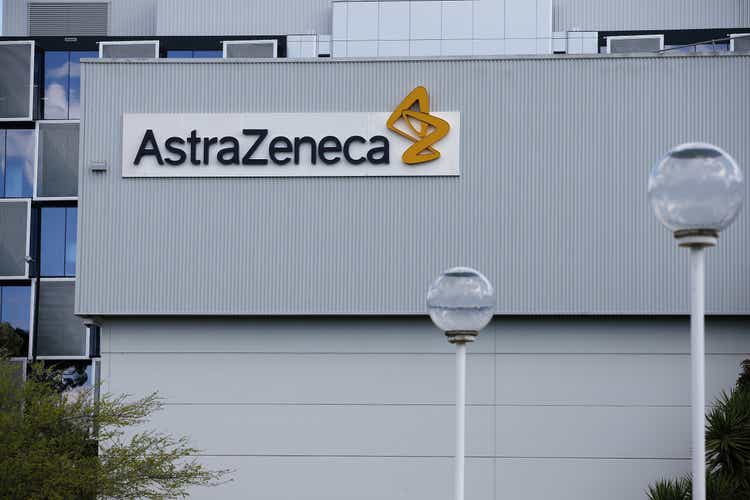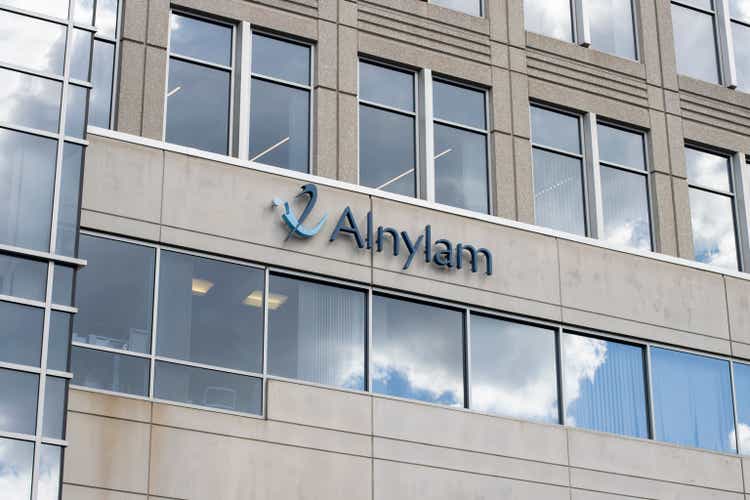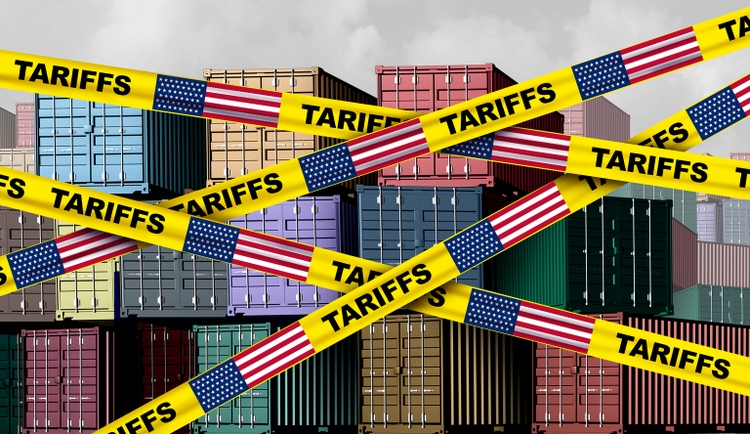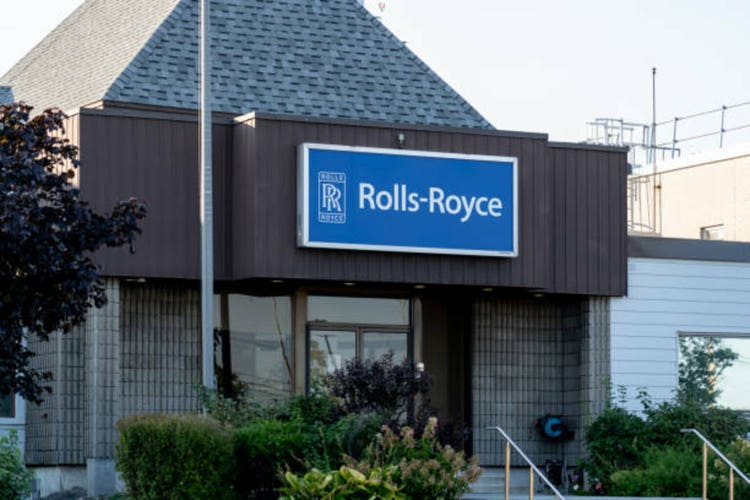The Indian Highways Management Company Limited (IHMCL), promoted by the National Highways Authority of India (NHAI), has entered into an agreement with ICICI Bank to roll out the country’s first Multi-Lane Free Flow (MLFF) tolling system at Choryasi Fee Plaza on NH-48 in Gujarat.
The initiative is aimed at giving highway users a seamless and barrier-free tolling experience. The agreement was signed at NHAI headquarters in New Delhi in the presence of NHAI Chairman Santosh Kumar Yadav and senior officials from NHAI, IHMCL, and ICICI Bank.
First step towards barrier-free tolling in India
The project at Choryasi will mark India’s first transition to barrier-free tolling, powered by FASTag-based electronic collection. Along with Gujarat, another agreement has also been inked with ICICI Bank for the implementation of MLFF at Gharaunda Fee Plaza on NH-44 in Haryana.
NHAI plans to introduce the new tolling mechanism at around 25 national highway plazas during the ongoing financial year, with the process of identifying suitable locations currently underway.
‘Significant milestone’ for highway modernisation
Speaking at the signing ceremony, NHAI Chairman Santosh Kumar Yadav said, “This agreement to implement the Multi-Lane Free Flow tolling system marks a significant milestone in the evolution and modernization of tolling in India. By leveraging technology, it will establish the foundation for a more efficient, transparent, and user-friendly tolling ecosystem, aligned with our vision of technology-driven transformation in National Highway operations and will pave the way for its adoption nationwide.”
The MLFF tolling system works through a combination of high-performance RFID readers and automatic number plate recognition (ANPR) cameras, which scan FASTags and vehicle registration numbers to enable electronic transactions. This ensures that vehicles do not need to stop at toll plazas, easing congestion and saving time.
According to NHAI, the adoption of MLFF will not only reduce traffic snarls at toll gates but also enhance fuel efficiency and lower vehicular emissions by minimising idling. The system is expected to streamline toll revenue collection and contribute to building a smarter and more efficient highway network across India.

 9 hours ago
1
9 hours ago
1






















 English (US) ·
English (US) ·